I’ve been enjoying experimenting with slip stitch knitting, which I find a very approachable and relaxing way to do colorwork.
I first read about slip stitch knitting in A Treasury of Knitting Patterns and A Second Treasury of Knitting Patterns. Many of the patterns are mosaic knitting which forms a pattern of knit stitches on the outside of the garment and all the slipped stitches are on the back of the work. My first real exposure to actually trying slip stitch colorwork was in a workshop by Patty Lyons at the 2015 Knit and Crochet show.
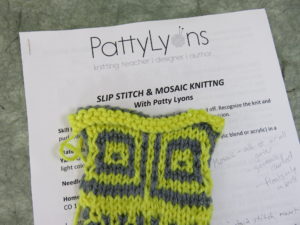
Many slipped stitched patterns, like the common linen stitch, use a single slipped stitch with the yarn in front to make a textured fabric. This fabric is fairly inelastic and dense. Although this sample is in a solid yarn, linen stitch does some amazing things to break up variegated yarn.
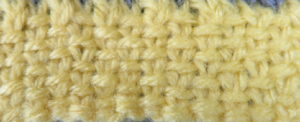
Mosaic knitting and some other slipped stitch patterns use slipped stitches to somewhat emulate the look of fair isle knitting, where all the yarn floats across the slipped stitches are on the back of the work, so all you see is the knits.
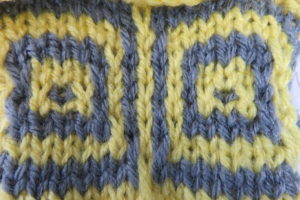
My favorite slipped stitch patterns are those that use the yarn floats on the front of the work as a design element. I love the way those yarn floats are raised slightly from the rest of the knitting and how you can stagger them to create an effect, like in this swatch from my free pattern, the Aurora Cowl.
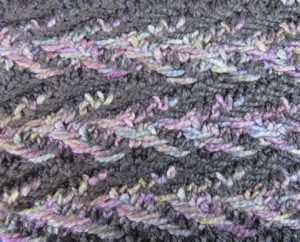
My current favorite resource for slipped stitch knitting is The Art of Slip Stitch Knitting. This book explores several different styles of slip stitch knitting and has projects to go with each one. It’s part designer’s guide to using the stitches, part stitch dictionary, and part pattern book.
(Note: Links to Amazon are affiliate links, I’ll get a few cents if you purchase through those links.)
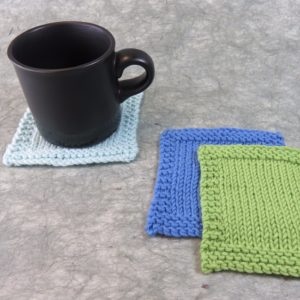 This week, I released a free pattern for a very simple mug rug— a square coaster to go under your tea or coffee mug. This pattern was designed for beginning knitters as a first project to learn the knit and purl stitch and make a useful object at the same time, but it’s also a great quick knit for more experienced knitters for gifts or craft fairs.
This week, I released a free pattern for a very simple mug rug— a square coaster to go under your tea or coffee mug. This pattern was designed for beginning knitters as a first project to learn the knit and purl stitch and make a useful object at the same time, but it’s also a great quick knit for more experienced knitters for gifts or craft fairs.



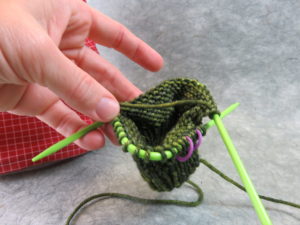 I recently purchased some curved DPNs and for my first project I made a couple of pairs of fingerless mitts from a pattern by Clara Parkes in her Craftsy class, Stashbusting (it appears to be very similar to
I recently purchased some curved DPNs and for my first project I made a couple of pairs of fingerless mitts from a pattern by Clara Parkes in her Craftsy class, Stashbusting (it appears to be very similar to 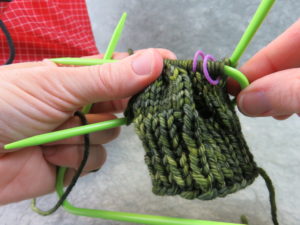
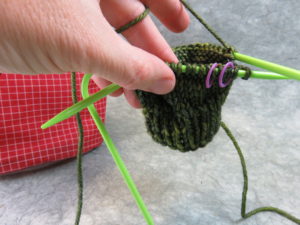
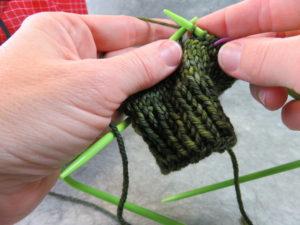
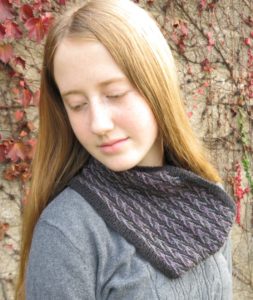 ra Cowl was published today
ra Cowl was published today